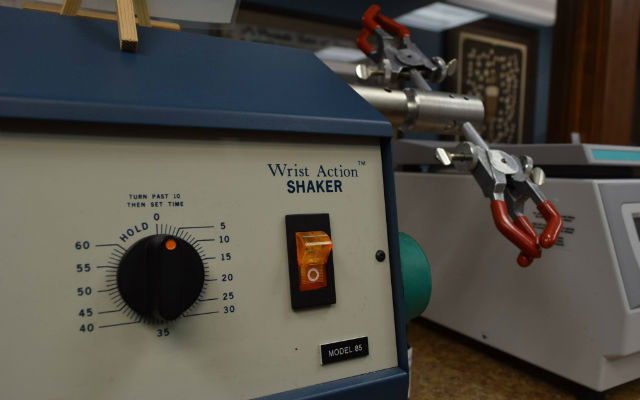
While acknowledging that Florida is behind the more established craft beer markets, it hasn’t stopped Leigh Harting from making sure that 3 Daughters Brewing isn’t behind when it comes to putting out quality craft brews.
The quality and consistency of the product, she says of the St. Petersburg, Florida-based facility, is the money that the brewery made sure to invest into a high-quality lab from the start.
Not content to just have a great lab and staff in the building, Harting — who is co-owner of 3 Daughters since opening in late 2013 with her husband Mike — made sure the lab is a part of the consumer experience in the brewery’s facility, located right next to the tasting room.
“We knew as we came in we wanted to be transparent,” Harting said. “I want [consumers] to like our beer now, three years and in 10 years. I don’t think we wrote it in the business plan, but we wanted to make [the lab] available to see.”
Harting said that while building the facility they were told an investment of $10-15,000 would suffice for a lab. But the former restaurateurs kept adding to their wish list of lab equipment and topped $125,000, including hiring Desiree Chubb as its Director of Quality Assurance.
Although the brewery has stressed quality and consistency, Harting says that using that in branding is difficult. She assumes most consumers assume that craft breweries are doing quality testing.
“I think it’s an outlier and we don’t tell enough about the lab,” she said. “We try to talk about the bigger aspects of the brewing arts. We do some along those lines but I think education to the public in ways such as why cans over bottles? Why do we test? why does it matter? That education process is something we need to increase to the market.”
So when 3 Daughters opened, they partnered with the University of South Florida – St. Petersburg campus to help students work on credit for college along with working with interns each semester to help perform such things as lab tests in yeast propagation and studying the chemistry of the water used by 3 Daughters.
“It’s not terribly hard to make a good beer, but it’s hard to make that same beer time and time again,” Harting said about what can be learned from the certification brewing program that the university and the brewery have partnered on.
New for the brewery is equipment to dig into nutritional information for the brewery’s notion that labeling requirements will become more rigid sooner rather than later. Already the FDA has laid out requirements for some breweries to have labeling requirements to be sold at certain types of establishments.
“We think the day is coming that this will be a requirement,” Harting said. “Hooters wanted the nutritional info from us already. I think it will be costly. My guess is 2020, that seems the initial thought.”
Harting also thinks it will be an issue for smaller breweries.
“We are larger in the state and it’s still a huge expense for us,” she said, noting that 3 Daughters will partner with other breweries to do some testing to make sure that they give back to their local brewing community.


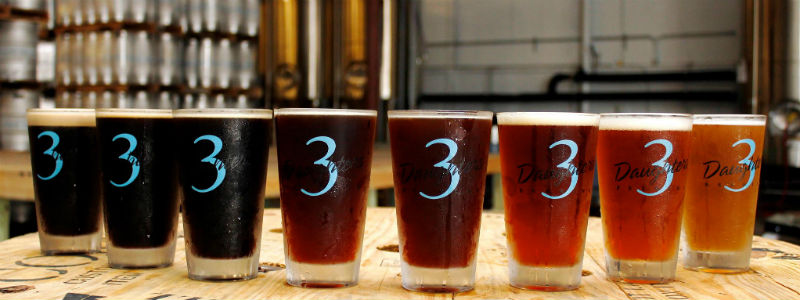
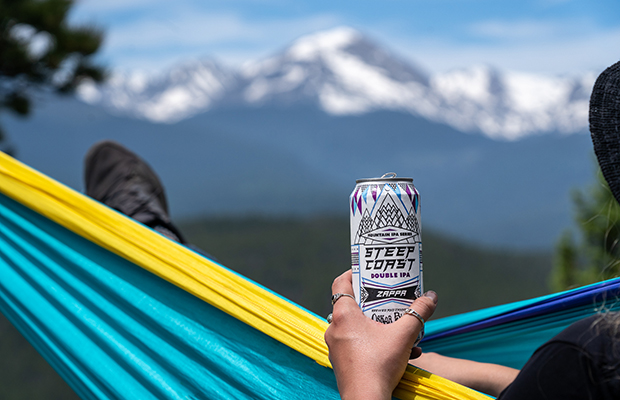
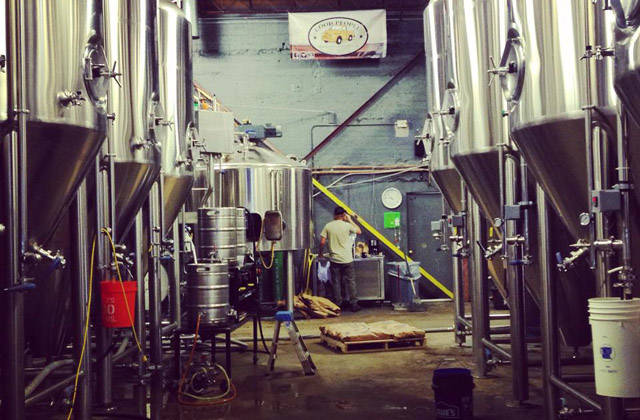
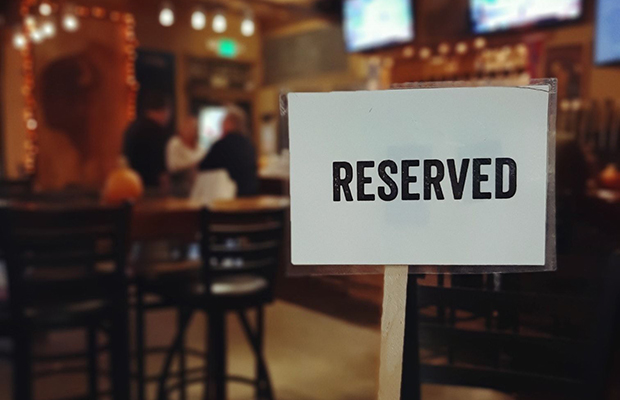
2 Trackbacks / Pingbacks